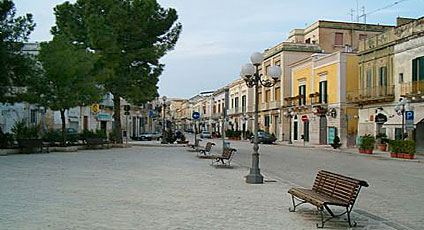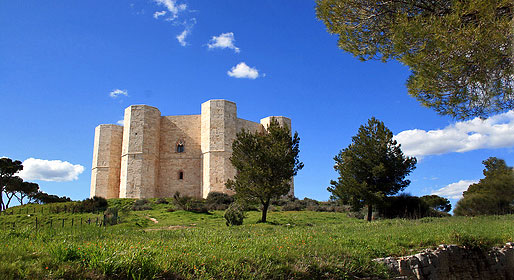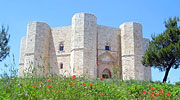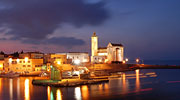Hotels to remember: Canosa di Puglia
Travel ideas
Canosa di Puglia: introduction

Legend has it that Canosa, home to Puglia's most important archaeological site, was founded by Homer's hero, Diomede. In the Roman period, the town was called Canusium and it was here that the Traiana road, built in the 2nd century A.D, passed. On this ancient thoroughfare, the bridge across the Ofanto river and the Arch of Traiano can still be seen.
Via Traiana is mentioned in the "Itinerarium Burdigalense" written in 333-334 A.D. by an anonymous Christian pilgrim originating from Burdigala (today's Bourdeaux) on his return from Palestine. In his notes, the pilgrim recounts how he stopped off at Canosa, at the time the seat of a prestigious Puglian diocese, to visit the Paleo-Christian Basilica of San Pietro, the Paleo-Christian Basilica of San Leucio and the catacombs of the necropolis of Santa Sofia.
Due to the particular geological formation of the ground beneath Canosa, it has always been used for the realisation of burial structures such as hypogeum and catacombs: the best conserved and most famous of which being the Ipogei Lagrasta, dating back to the 2nd century B.C.
A great number of the exhibits found in the Palazzo Sinesi and the Civic Museum were found in the remains of the hypogeum. The town's castle, on the other hand, is of medieval origin as is the splendid Cathedral of San Sabino and the Mausoleum of the Prince Boemondo d'Altavilla, Norman hero of the 1st Crusade.
Canosa di Puglia: gourmet addresses
Canosa di Puglia: places to see in the area
Puglia: other destinations
- Ugento
- Alberobello
- Gargano
- Trani
- Lecce
- Ostuni
- Peschici
- Vieste
- Tremiti Islands
- Mattinata
- Andria
- Bari
- Margherita di Savoia
- San Giovanni Rotondo
- Santa Maria di Leuca
- Polignano a Mare
- Manduria
- Martina Franca
- Nardò
- Ginosa
- Barletta
- Gallipoli
- Manfredonia
- Brindisi
- Otranto
- Foggia
- Locorotondo
- Cisternino
- Taranto
- Canosa di Puglia










